What Is A Pollinator Garden? Grow Gorgeous Blooms While Benefiting Your Local Ecosystem
Pollinator gardens look great and also provide a diverse ecosystem that benefits your local pollinating insects and animals. Get started today with this guide!

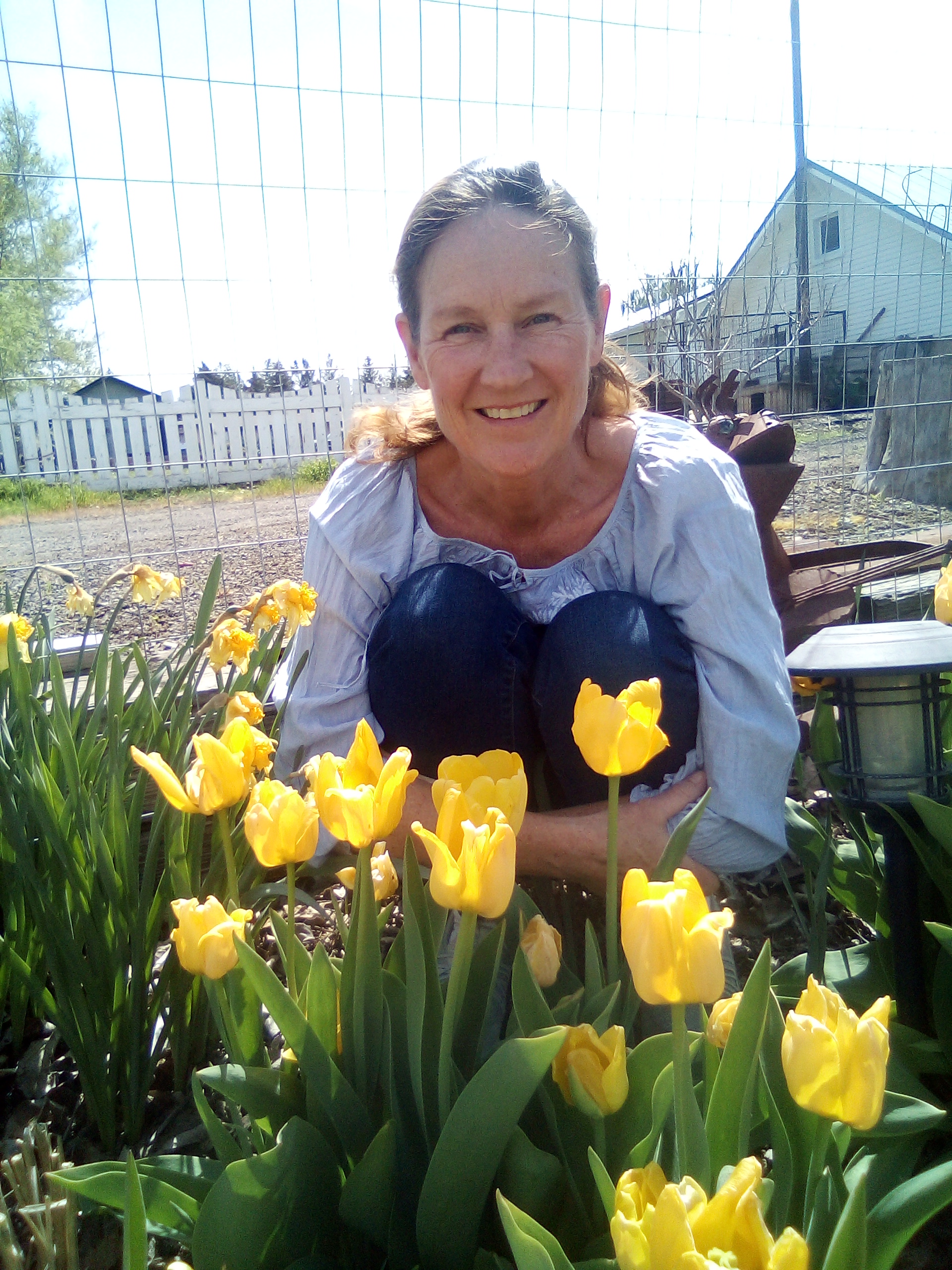
Amy Draiss
Creating a pollinator garden is an excellent way to preserve these partners of life while increasing your crop and flower yields. Pollinators are essential to fertilize plants and help them develop flowers, fruits, and seeds. Without pollinators, only plants that are wind or otherwise pollinated would be able to reproduce.
So, what is a pollinator garden? Selecting specific pollinator garden plants to install in your landscape will ensure your local pollinators are enticed to your garden and carry out this important duty. Beautiful blooming flowers, varieties of native plants and shrubs provide nutrition and shelter for these important garden friends while creating a beautiful aesthetic for you.
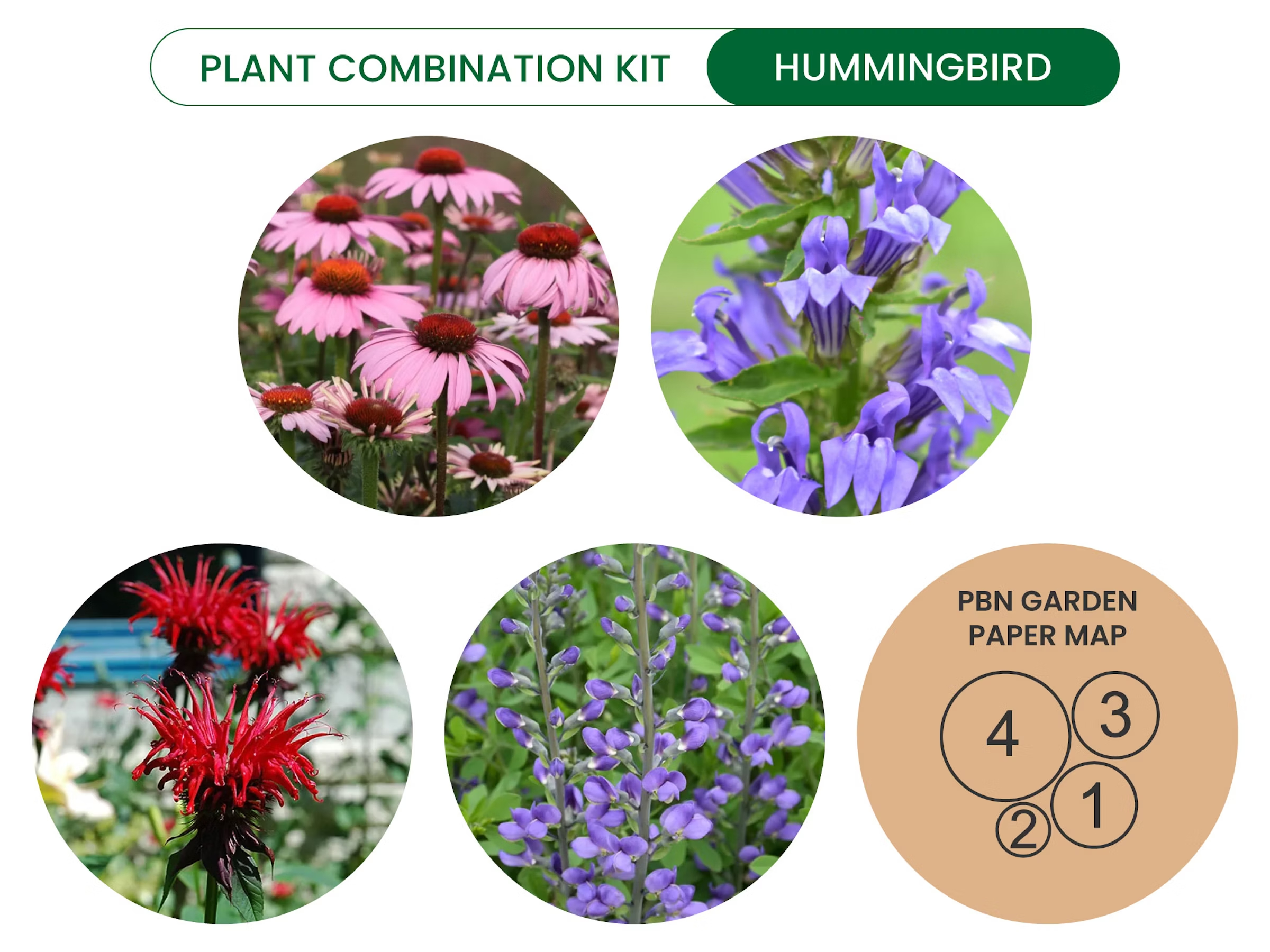
Transform your garden into a pollinator paradise with ease. Includes plans and native plants delivered to your door. Find in the Gardening Know How Shop.
Pollinator Garden Basics
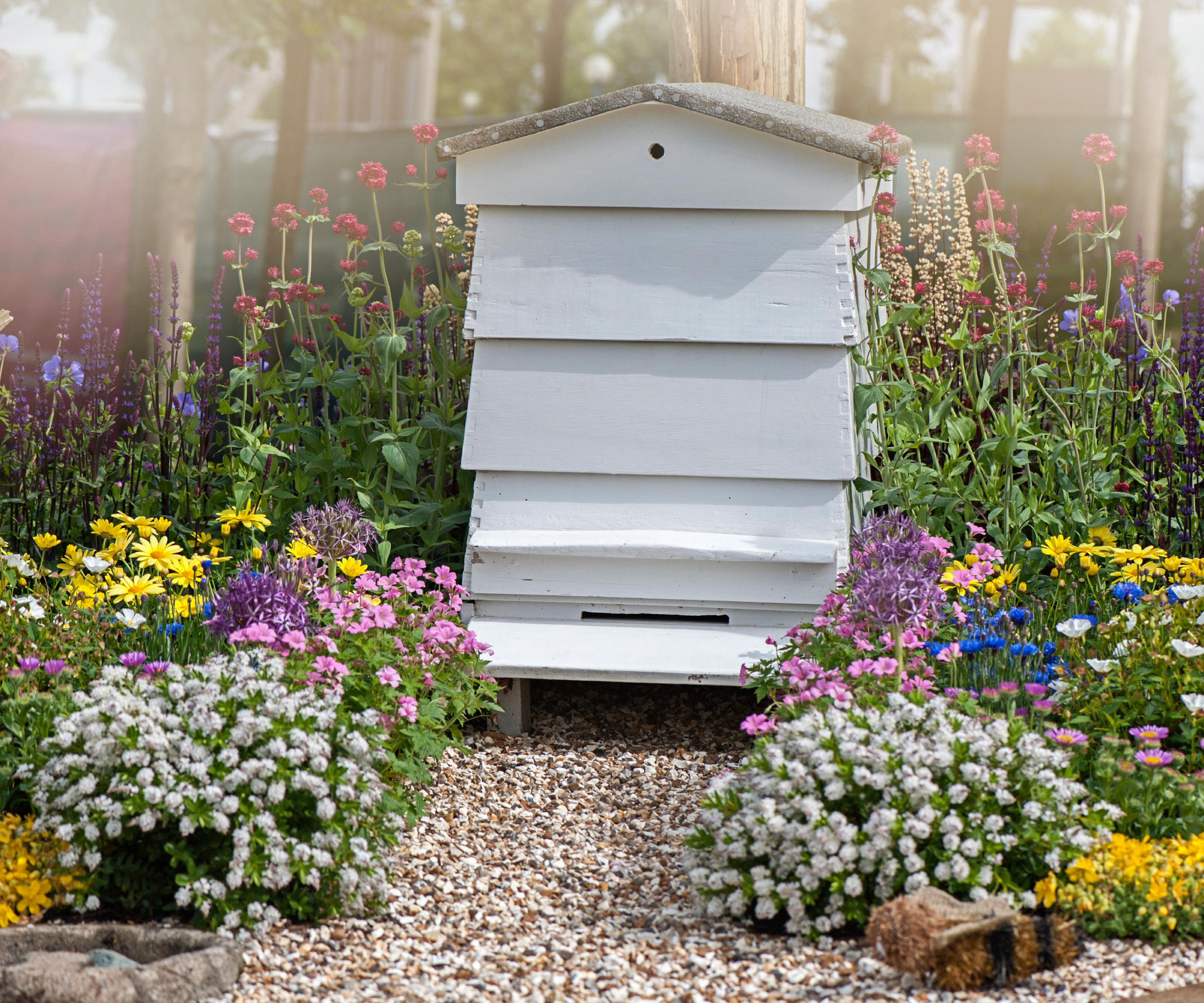
What would the world be without the bees? A pollinator garden will have a rich diversity of plant life and include habitat which attracts a variety of beneficial insects, providing them nesting sites, protection from predators, food, and other needs. A native pollinator garden is an especially excellent way to provide for all the insects' needs. Using wild plants will encourage the insects to flit and crawl into your garden space.
Nature provides everything they need in the wild, so gardening with native plants that are indigenous to your region is a sure way to lure these useful bugs to your home. Pollinator gardens feature a wide range of plant life, many blooming plants, but also niches and hiding places to protect the pollinators. Nectar producing plants as well as host plants for young will round out the garden.
Why Are Pollinator Gardens Important?
Without pollinators, only certain plants would be able to flower and fruit. In the wild, much native habitat is being destroyed by building, foresting, and other human activities. That means our pollinating insects lack food and other resources. Pollinators will transfer pollen from the stamen to the stigma, an act required for fertilization. They do this with their feeding activities and general movement. Planting keystone plants in your pollinator garden will provide even more benefit to your pollinators.
More than half the world’s consumed fats and oils come from plants that require pollinators. Much of the food we eat globally must be pollinated by these wonderful organisms. Pollinators are more than bees. Creating a pollinator garden can encourage a whole host of pollinating partners to come into our gardens.
Common Pollinators
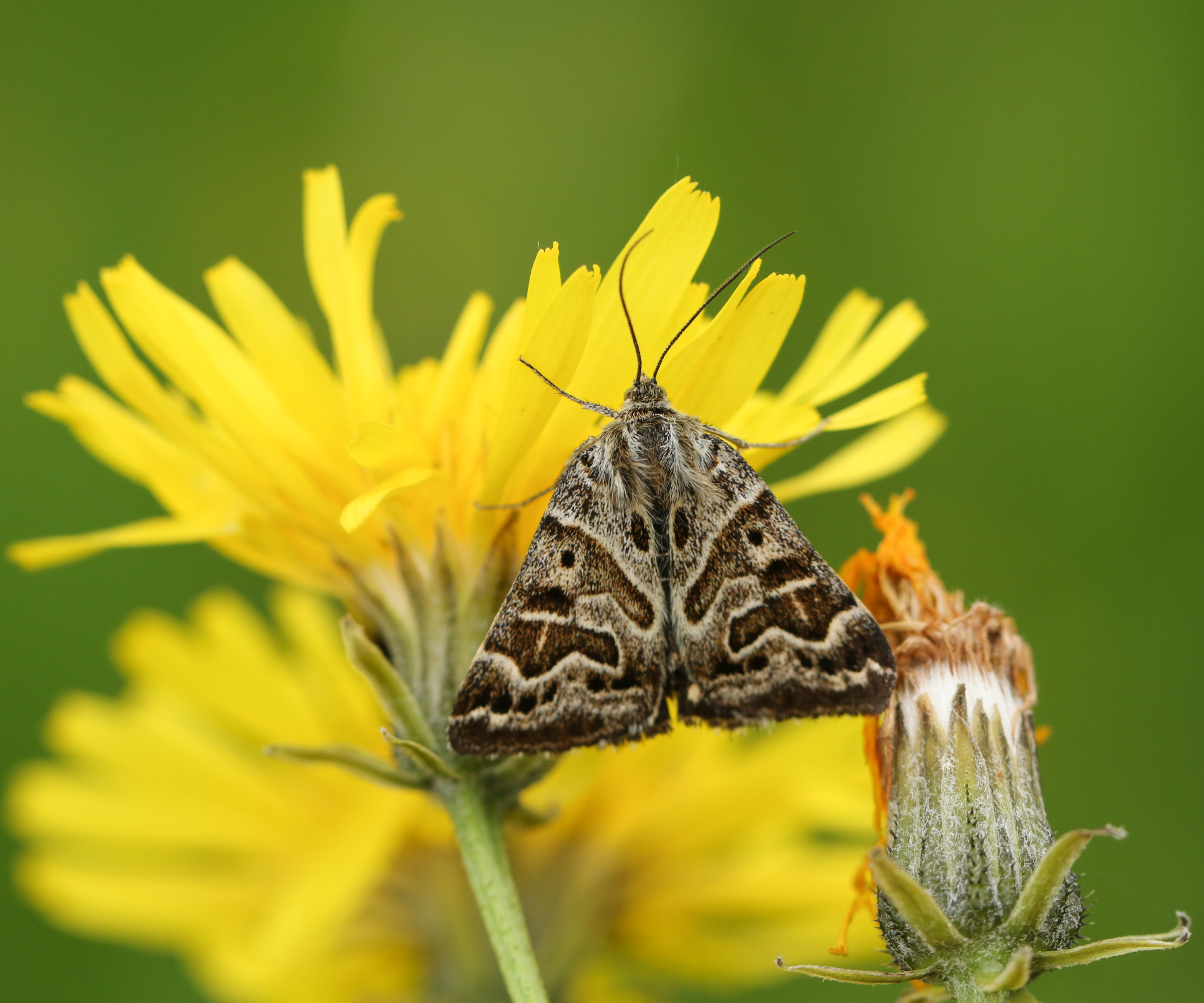
Of course, we all know native bees pollinate. And with issues like colony collapse, they are under threat. But there are many other insects and even birds and animals that are part of this important chain of life. Bees and bee-like insects are apex pollinators. Bee-like insects are wasps and hornets. Although we don’t want these around our picnic tables, they are important parts of the fertilization process.
Gardening tips, videos, info and more delivered right to your inbox!
Sign up for the Gardening Know How newsletter today and receive a free copy of our e-book "How to Grow Delicious Tomatoes".
Butterflies are another commonly recognized pollinator, but so are the moths. Moths are important in pollinating flowers that open at night, and you can attract moths to your garden with some much-loved trees and shrubs too. Flies also take part in the transfer of pollen, and so do beetles of many varieties. Birds move pollen as they feed, as do bats. Other animals such as lizards also take part in the pollen moving process.
Pollinator Garden Design
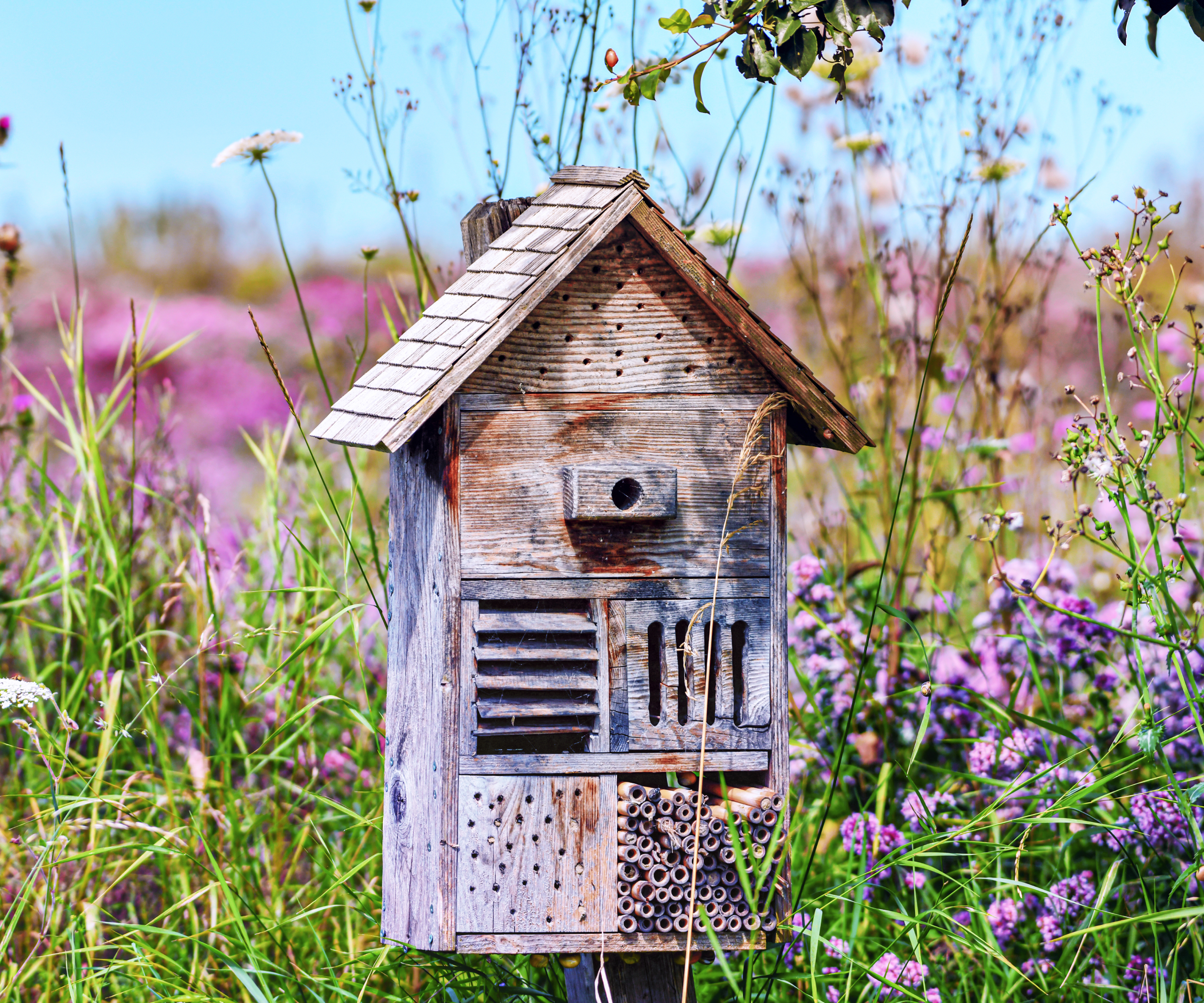
- Flowers are an important lure for pollinators but they aren’t all that is required. Pollinators will also need a water source and natural material to hide and nest into. Products like bee cups and bee nurseries found in the Gardening Know How Shop can provide these necessities for your pollinators.
- There should also be host plants, or those that will support developing larvae and nymphs. Often the young insect does not dine on the same material as the adult and will need supplemental food to ensure successive generations.
- When selecting flowering plants, make sure there are blooms throughout the season. You can use long-blooming flowers or plant in succession to keep blooms coming.
- There should also be plants that bloom at night to support moths and bats and other nocturnal visitors. Consider making part of your garden a "moon garden" with night-bloomers and light colored plants.
- Cluster flowering plants of the same species together to attract the eye of the insects and other pollinators.
- Provide a diverse range of colors to draw in insects.
- Consider native grasses as part of the landscape, which will provide hiding places and often nesting sites.
- Above all, do not use pesticides which can seriously harm populations of beneficial insects.
- Consider installing a DIY insect “hotel”. You may purchase or build these yourself.
Pollinator Garden Plants
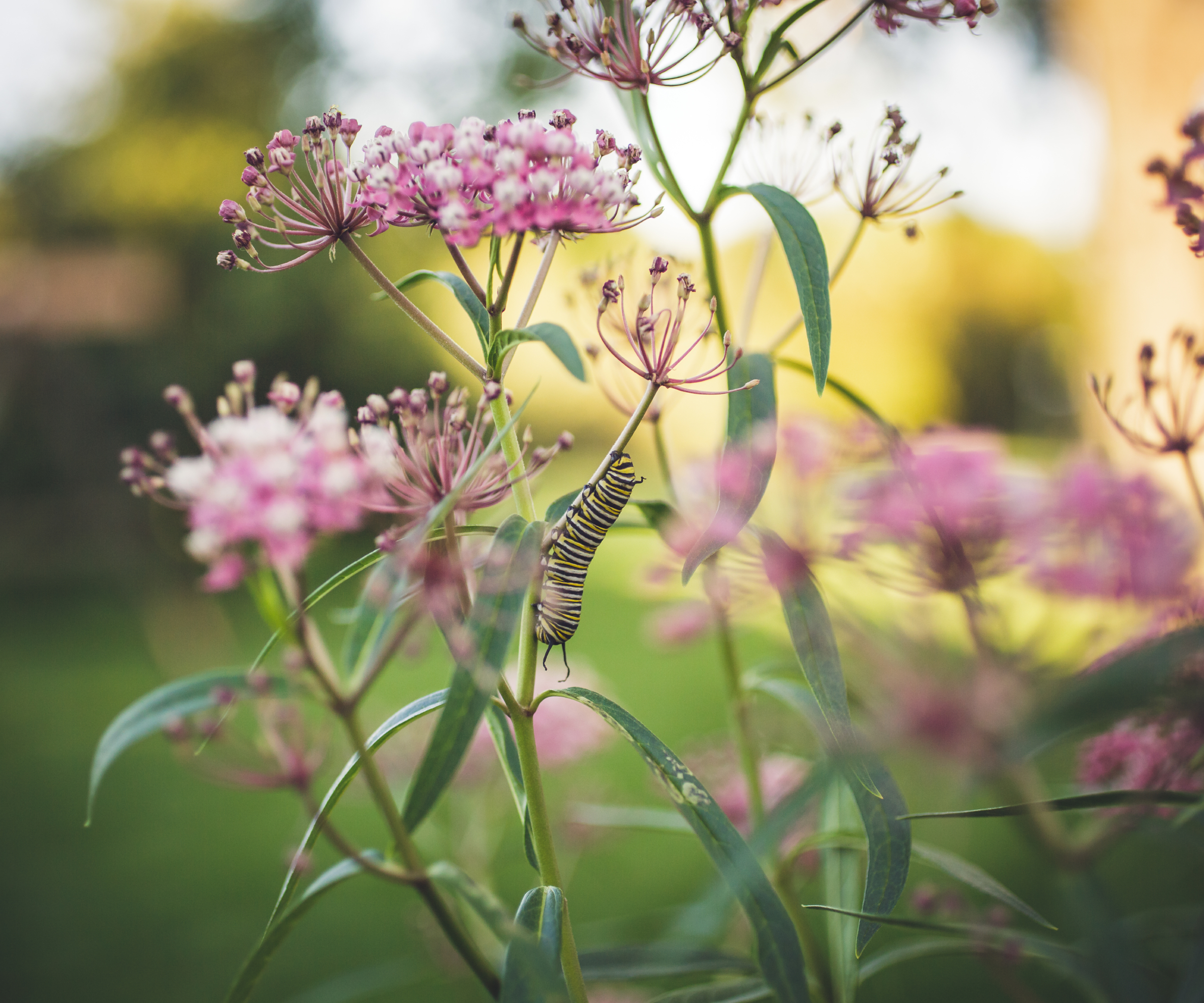
Attracting pollinators to your garden can be achieved by installing plants they like. Milkweed is the sole host plant for Monarch butterfly larvae, but it is also host to other species of pollinator. Bumblebees also rely upon the various species of milkweed for nectar. It is also hardy in USDA zones 3-10, a rather broad range which allows many gardeners to successfully grow the plants. Many other plants are also draws for our pollinator friends:
- Host plants: In addition to milkweed, many larvae of different species need specific types of plants upon which to feed. Willow, pipevine, plants in the parsley family, spicebush, viburnum, pawpaw, violets, and wild buckwheat are all crucial for different larval species.
- Early bloomers: Many insects are hatching or coming out of hibernation as spring temperatures warm. They need food. Early blooming flowers will help get them going until the garden is in full swing. Lungwort, bleeding heart, dandelions, peony, bugleweed, foxglove, and allium are all early flowering plants that are important food.
- Mid-season plants: Once things heat up, we have the option to grow many annual and perennial plants. Tickseed, globe thistle, coral bells, coneflower, lavender, hyssop, herbs, Joe Pyeweed, Asclepias, and bee balm are all favorites.
- Late season plants: As the nights lengthen and the evenings cool, our insect friends need sustenance more than ever. Fortunately fall offers a host of attractive plants. Asters, chrysanthemum, stonecrop, and goldenrod are but a few.
- Night blooming plants: Moths and bats do their good work at night and require plants that will provide nectar. Many species of cactus bloom at night such as Cereus and Saguaro. Evening primrose, foamflower, and night-blooming jasmine will all attract evening pollinators. Use white and pale colored flowers for nocturnal pollinators.
Providing diversity in the garden is key to helping our pollinating partners enjoy the landscape. The more opportunities to feed, nest, and mate, the more likely these beneficial bugs will stay in your landscape and enhance your flowers and crops.
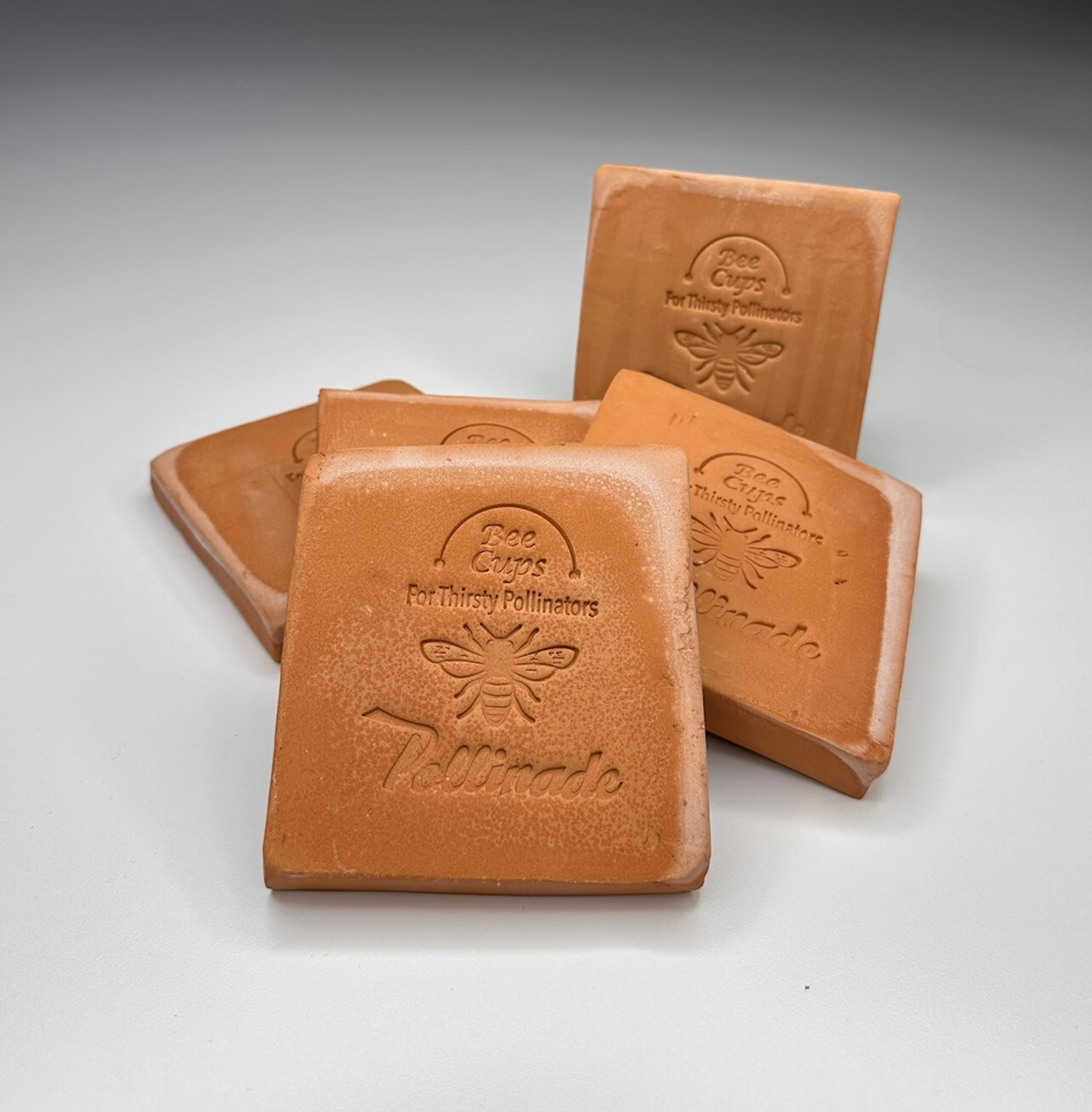
Infuse your bird bath water with minerals and electrolytes to help your pollinators stay hydrated. Find in the Gardening Know How Shop.
More Pollination Inspiration
- Looking to take your pollinator garden to the next level? Get a pollinator garden certification and turn your yard into an official pollinator preserve!
- Explore the Pollinator Garden Collection in the Gardening Know How Shop. This collection features pollinator plants, seeds, and accessories to help you get started or expand your current pollinator garden.
- You don't have to have an enormous garden to benefit pollinators! Check out our suggestions for a potted pollinator garden that is great for small spaces or just for ease of maintenance.
- Check out our suggestions for native flowering shrubs for pollinators so that you can help the birds and bugs even with border plantings or hedges.
- Want even more inspiration, advice, and expertise delivered straight to your inbox? Sign up for the free Gardening Know How Newsletter!
This article features products available from third party vendors on the Gardening Know How Shop. Keep in mind that our plant inventory is limited - so if you’re thinking of purchasing, don’t wait!

Bonnie Grant is a professional landscaper with a Certification in Urban Gardening. She has been gardening and writing for 15 years. A former professional chef, she has a passion for edible landscaping.
- Amy DraissDigital Community Manager
-
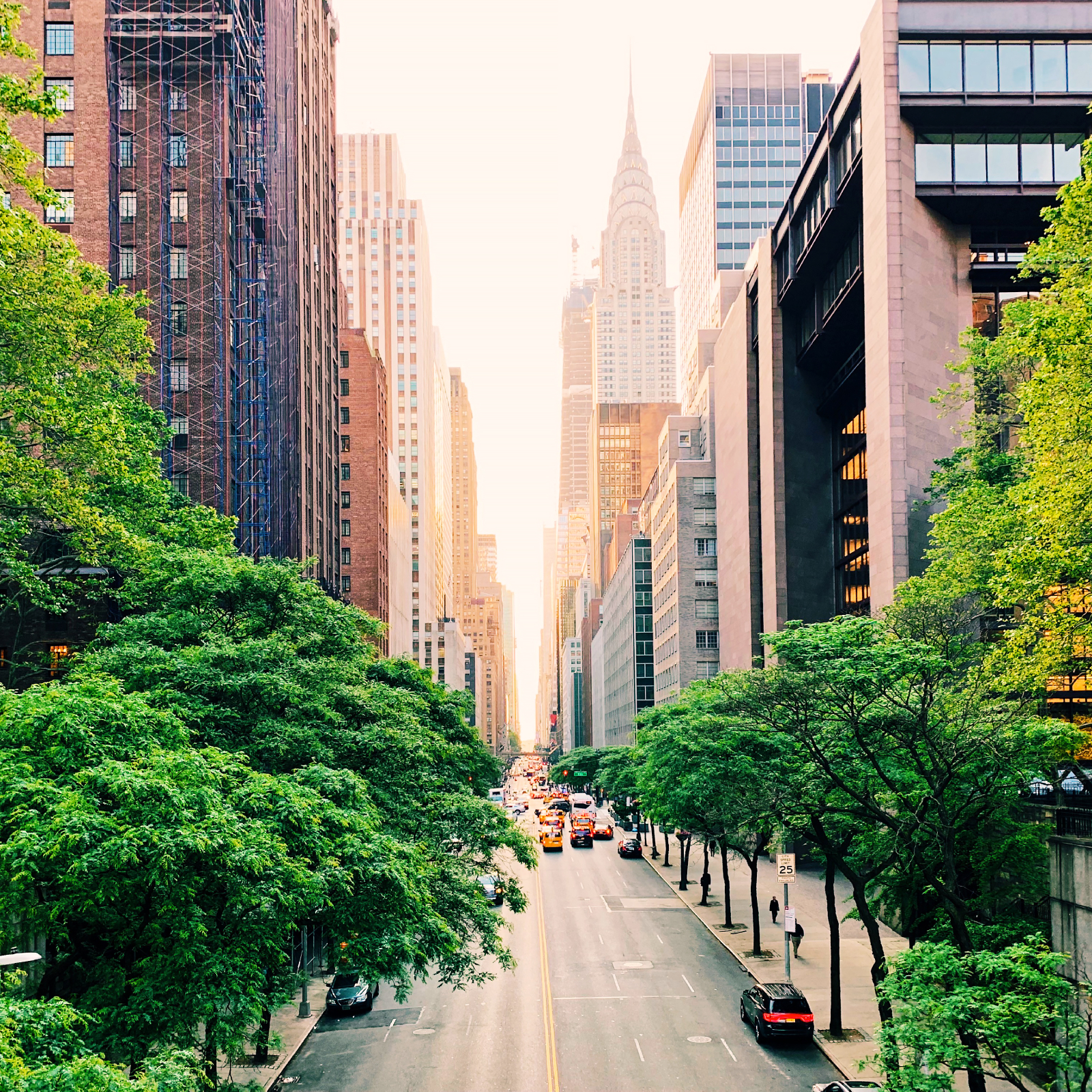 5 Tough Urban Trees That Thrive In Cities – Top Picks For Urban & Suburban Landscapes
5 Tough Urban Trees That Thrive In Cities – Top Picks For Urban & Suburban LandscapesExplore the best urban trees that will add value to even the most challenging of landscapes. Get growing with these ideas and enjoy all the benefits of trees.
By Teo Spengler
-
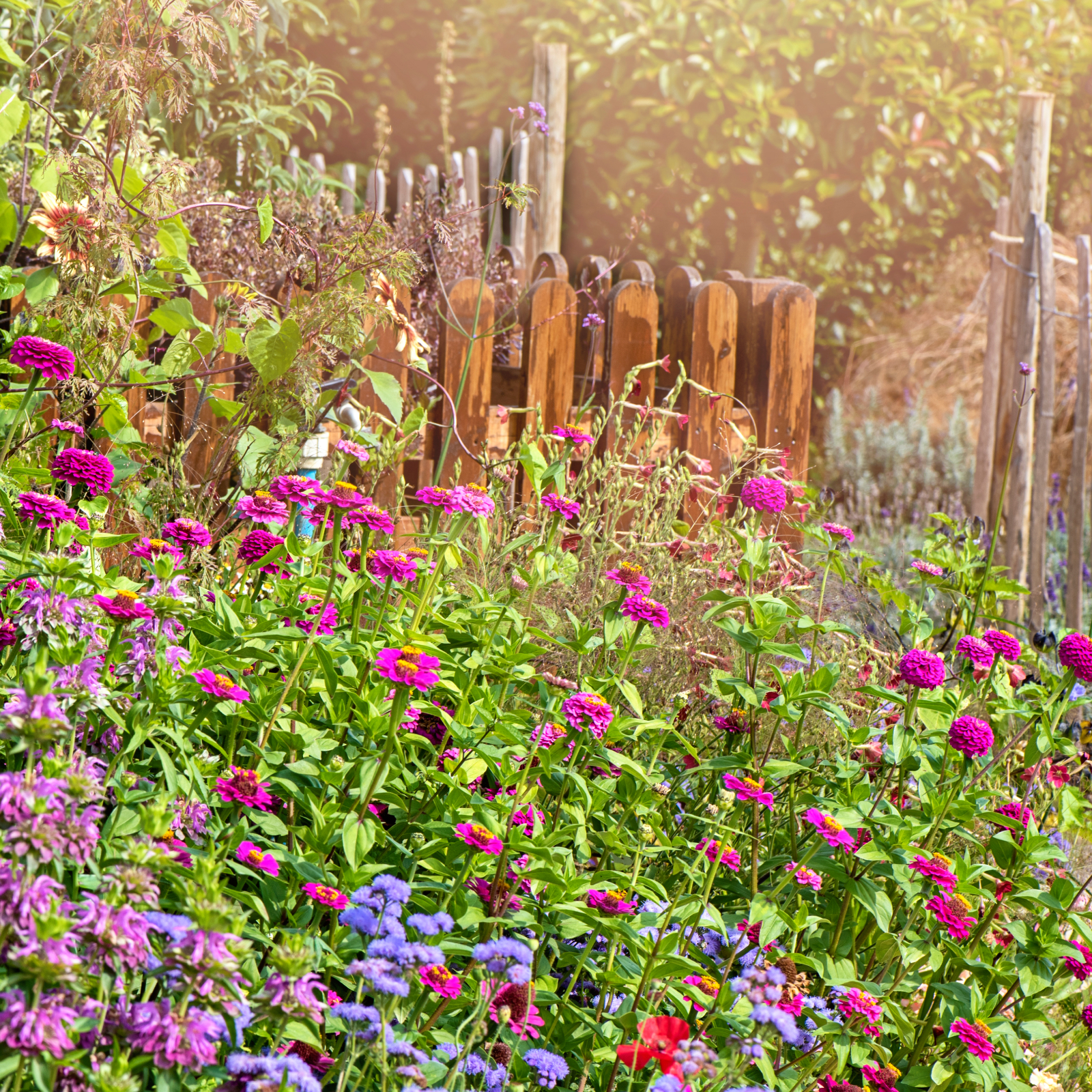 7 New & Improved Cultivars Of Old-Fashioned Plants – These Aren’t Your Grandma’s Plants!
7 New & Improved Cultivars Of Old-Fashioned Plants – These Aren’t Your Grandma’s Plants!Old is new again! These old-fashioned plants have new cultivars that are sure to thrive in your garden and bring the charm factor. Neighbors will be envious!
By Mary Ellen Ellis
-
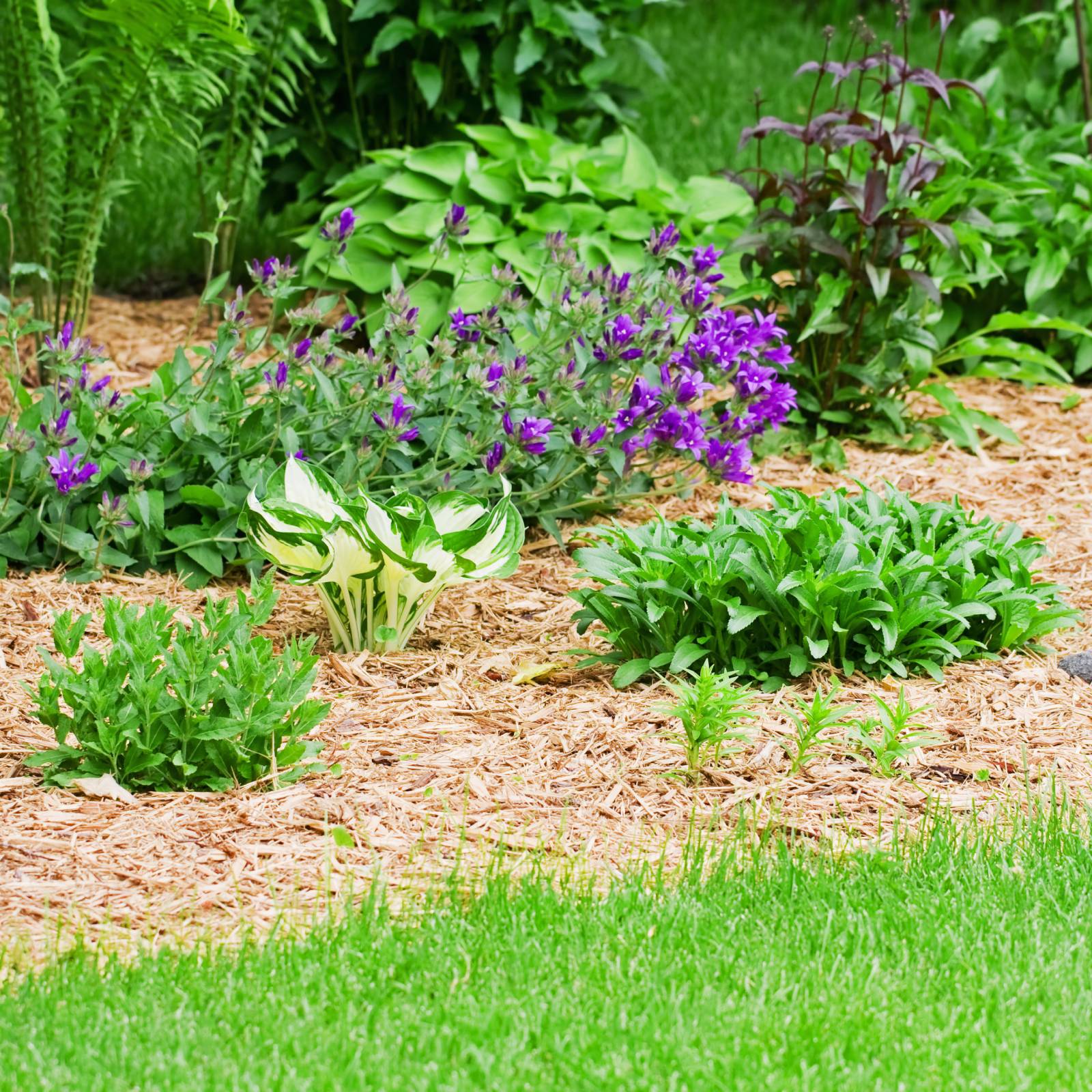 5 Free Magic Mulch Materials That Will Transform Your Garden – Per An Eco-Expert
5 Free Magic Mulch Materials That Will Transform Your Garden – Per An Eco-ExpertAward-winning eco-expert Kim Stoddart reveals 5 magic mulches that improve soil health and help the planet. Plus, you can find these free materials anywhere!
By Kim Stoddart
-
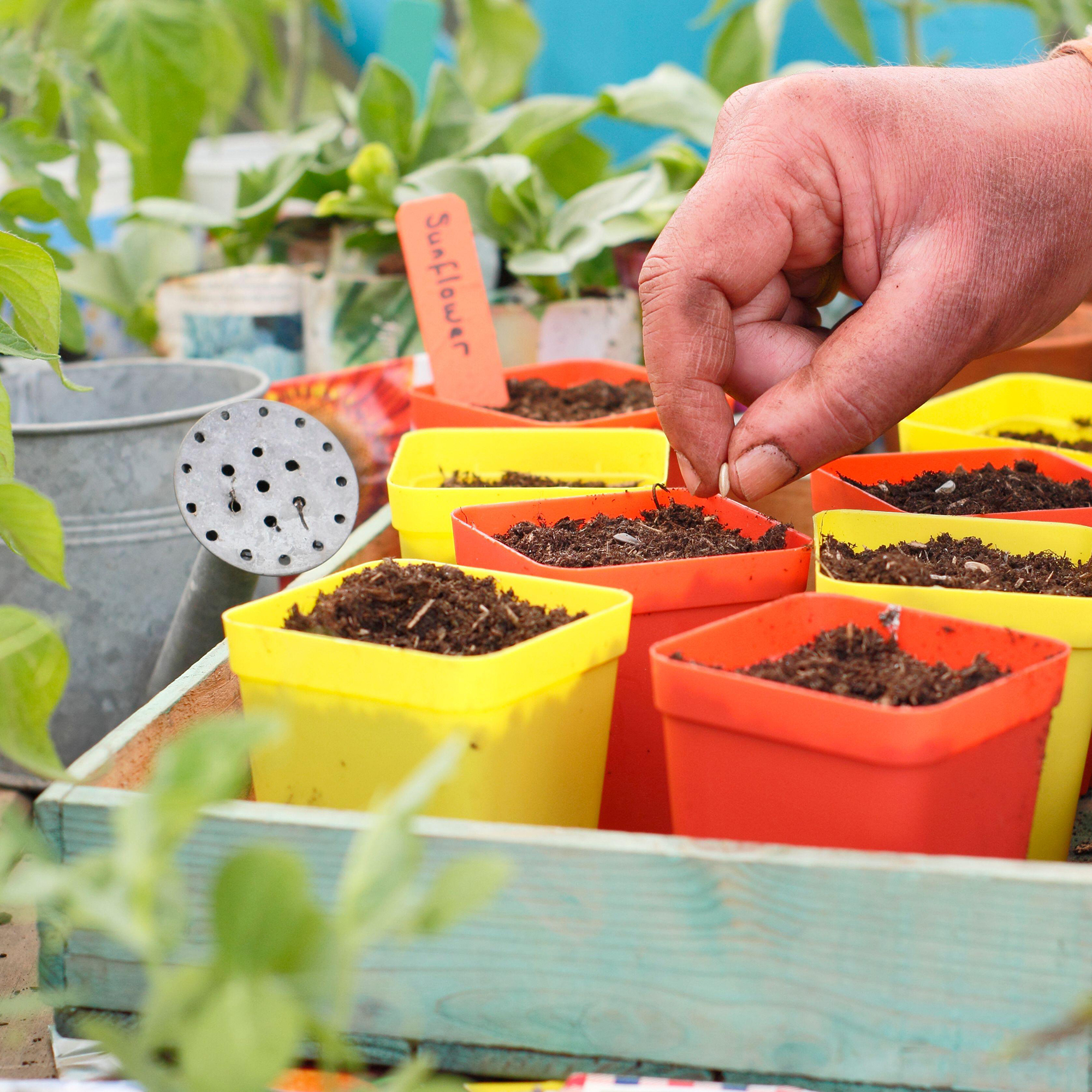 Struggling To Grow? Fix These 7 Seed-Starting Mistakes Before It's Too Late
Struggling To Grow? Fix These 7 Seed-Starting Mistakes Before It's Too LateGive your seeds the best possible start and learn how to fix common errors that stunt growth, weaken plants, and prevent crops and flowers from flourishing.
By Amy Grant
-
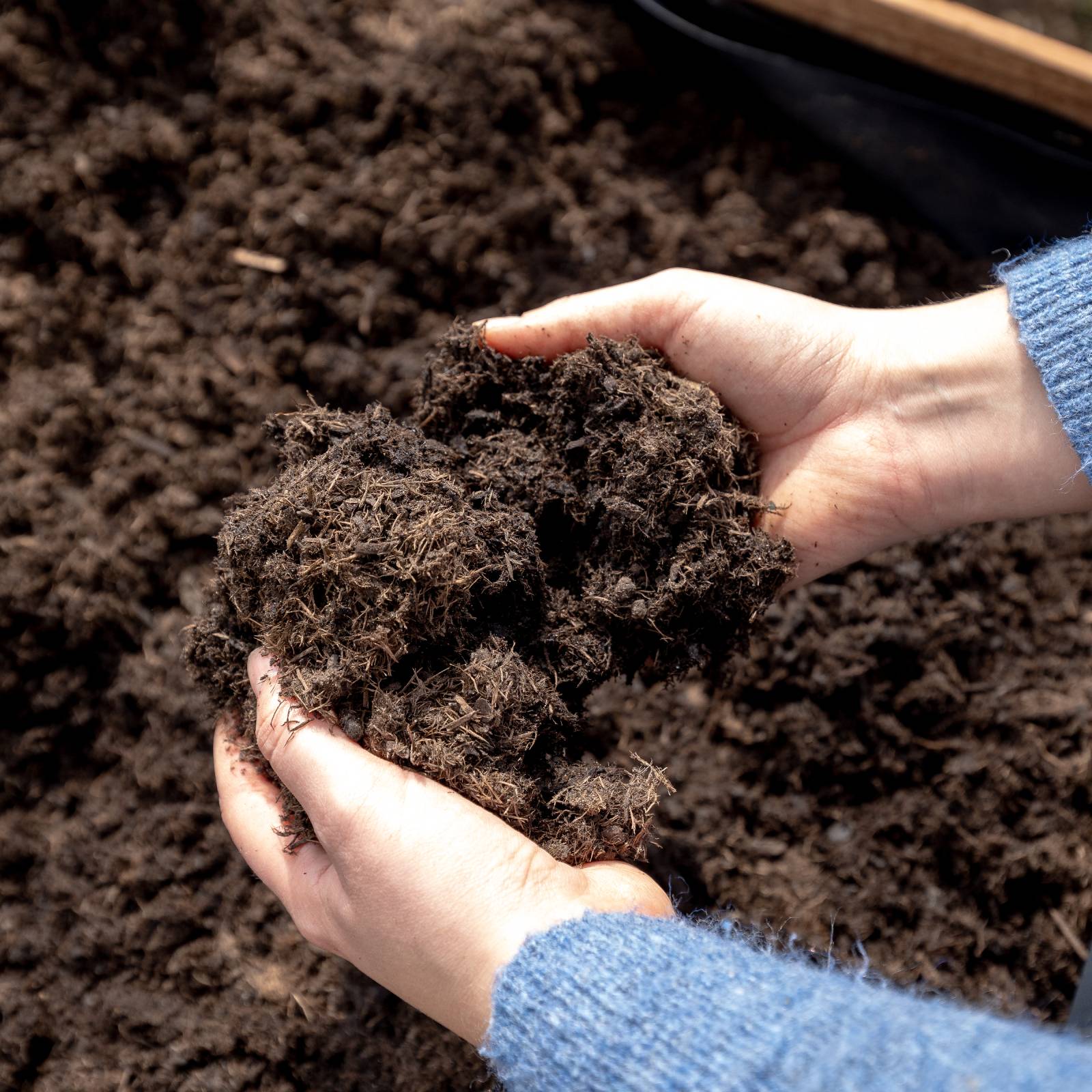 Regenerative Gardening Techniques – To Turbocharge Your Soil & Give Plants A Boost
Regenerative Gardening Techniques – To Turbocharge Your Soil & Give Plants A BoostA healthier garden crop is just one benefit of using regenerative gardening methods. Building nutrient-rich soil is a great way to help take care of the earth.
By Teo Spengler
-
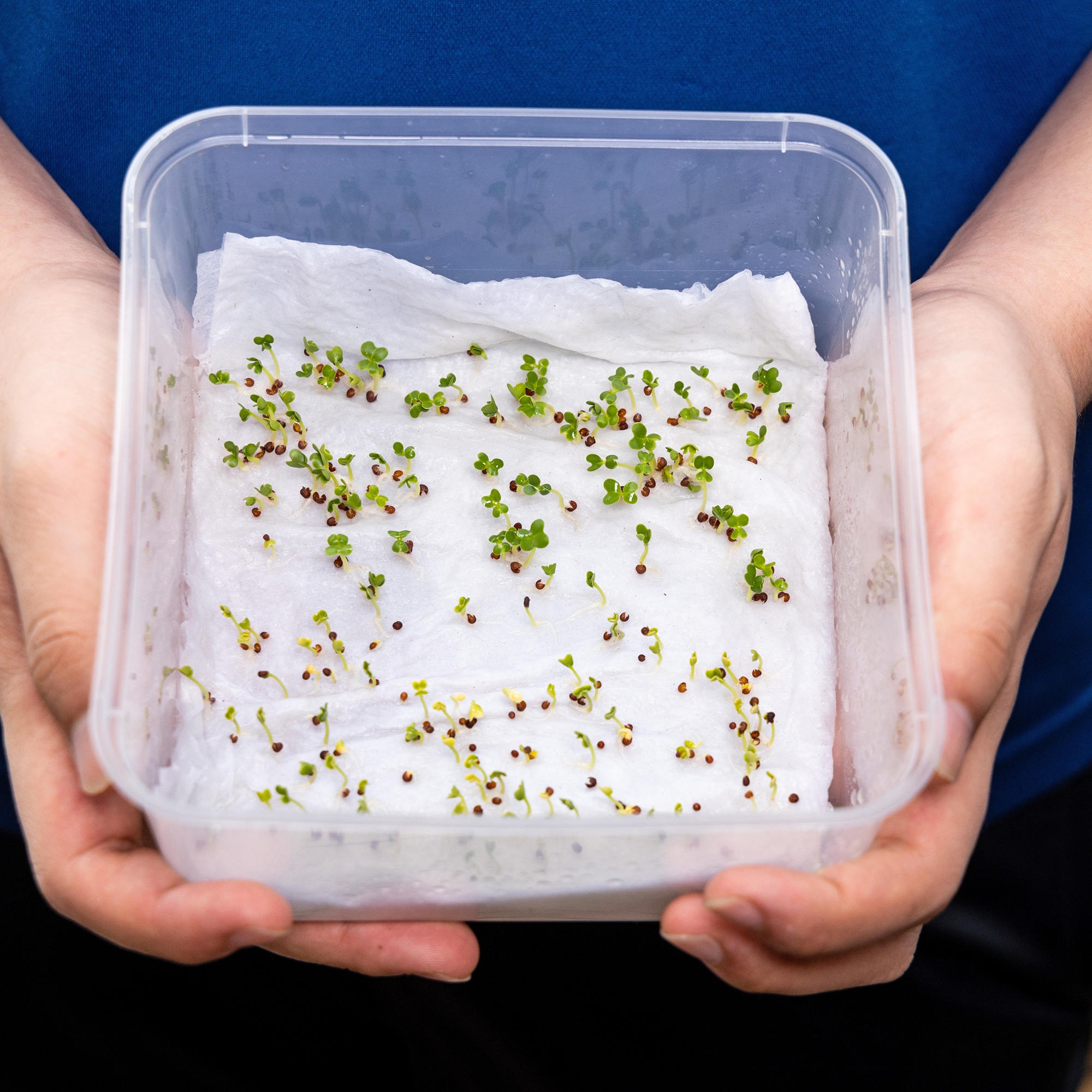 Germinating Seeds In Paper Towel: The Easy, No-Mess Method For Faster Growth
Germinating Seeds In Paper Towel: The Easy, No-Mess Method For Faster GrowthLearn the quickest and easiest way to germinate seeds in a paper towel with this expert step-by-step guide – for faster, healthier seed starts every time.
By Susan Albert
-
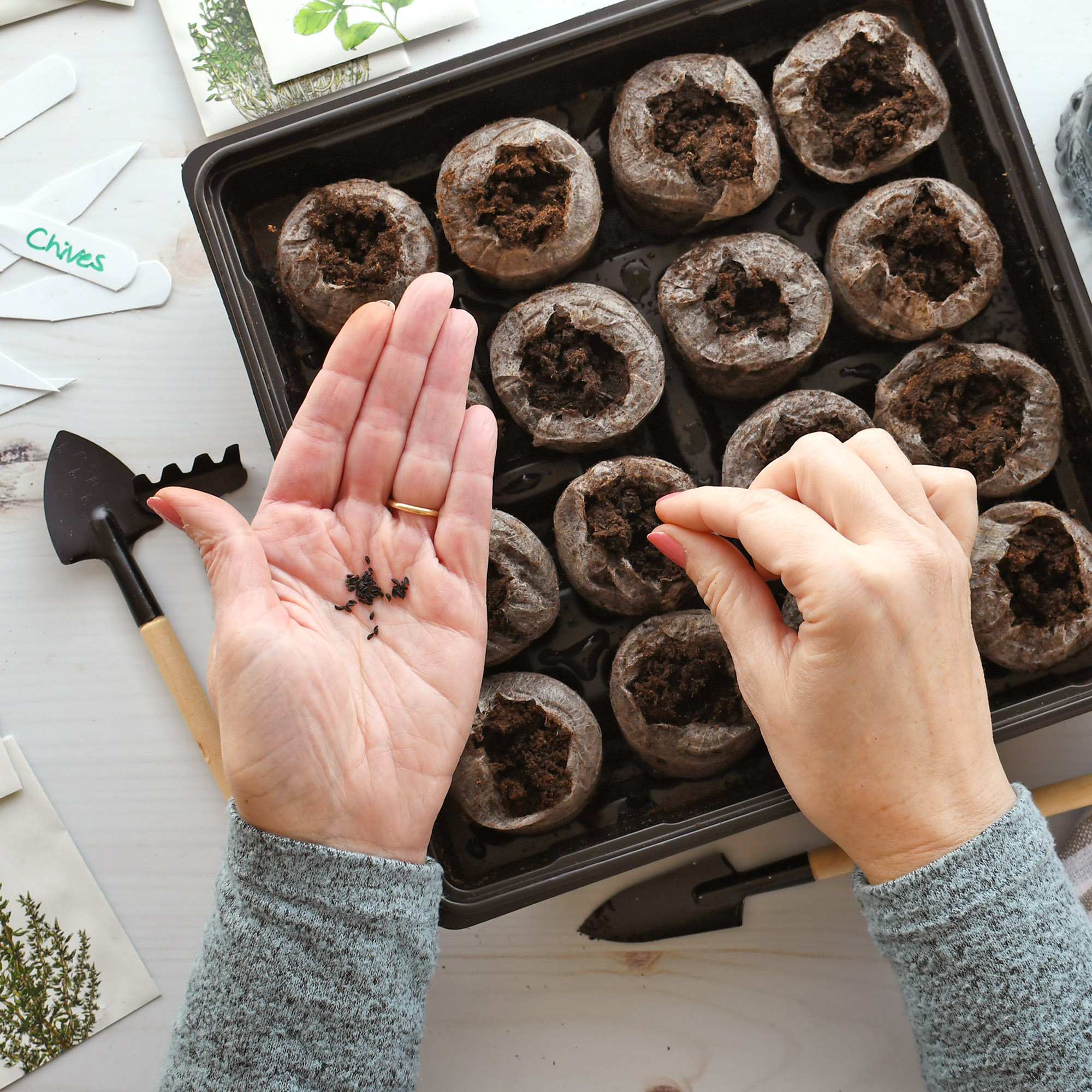 When To Start Seeds Indoors For Bigger Harvests & More Beautiful Blooms
When To Start Seeds Indoors For Bigger Harvests & More Beautiful BloomsBoost your garden's productivity by learning the best times to start seeds indoors – including a month-by-month guide for crops and flowers.
By Bonnie L. Grant
-
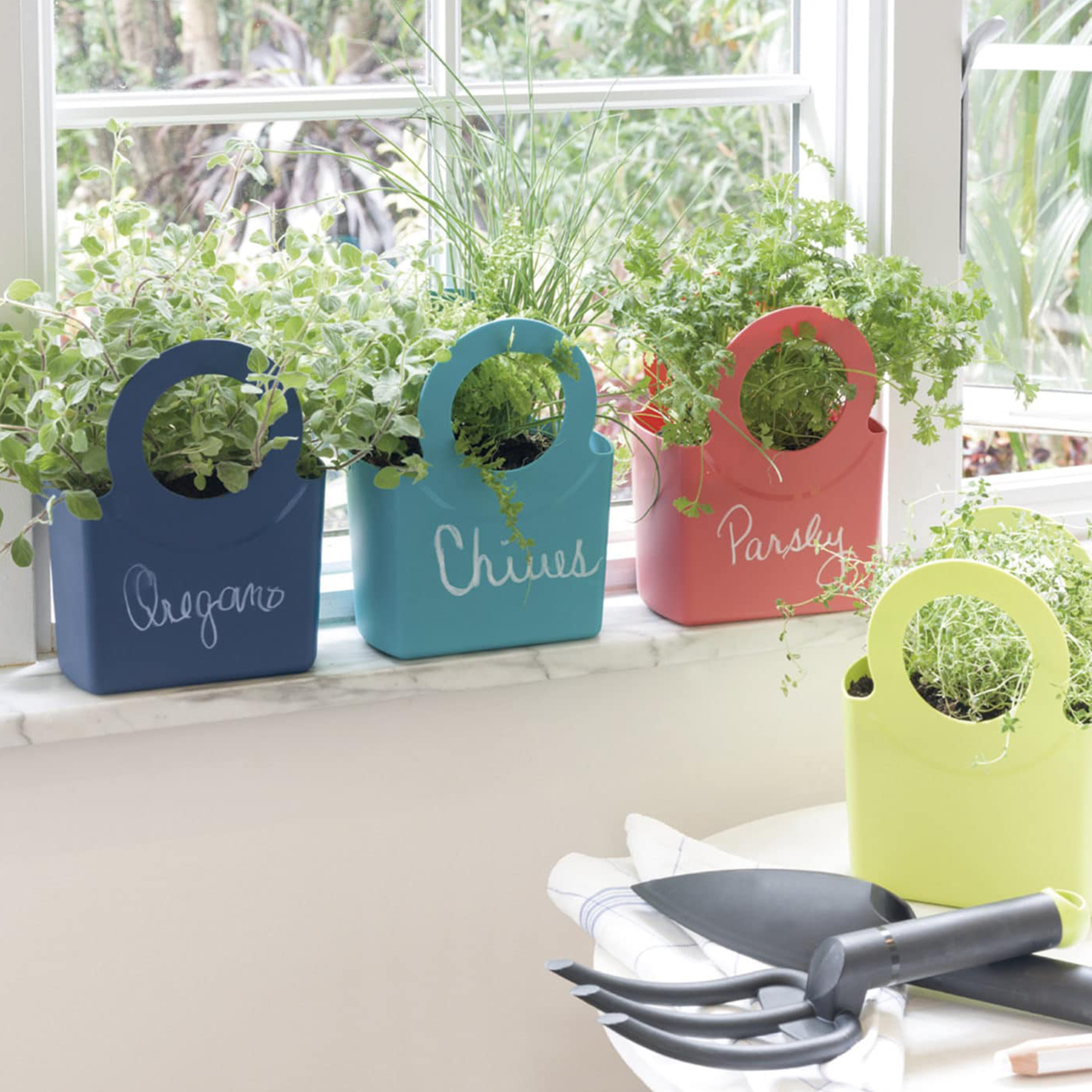 8 Herb Gift Ideas That Will Inspire Foodies And Green Thumbs To Raise Their Culinary Game
8 Herb Gift Ideas That Will Inspire Foodies And Green Thumbs To Raise Their Culinary GameAromatic herbs are delightful to grow and infuse flavor into endless dishes, making for a wonderful gift theme for keen home cooks and passionate gardeners.
By Melanie Griffiths
-
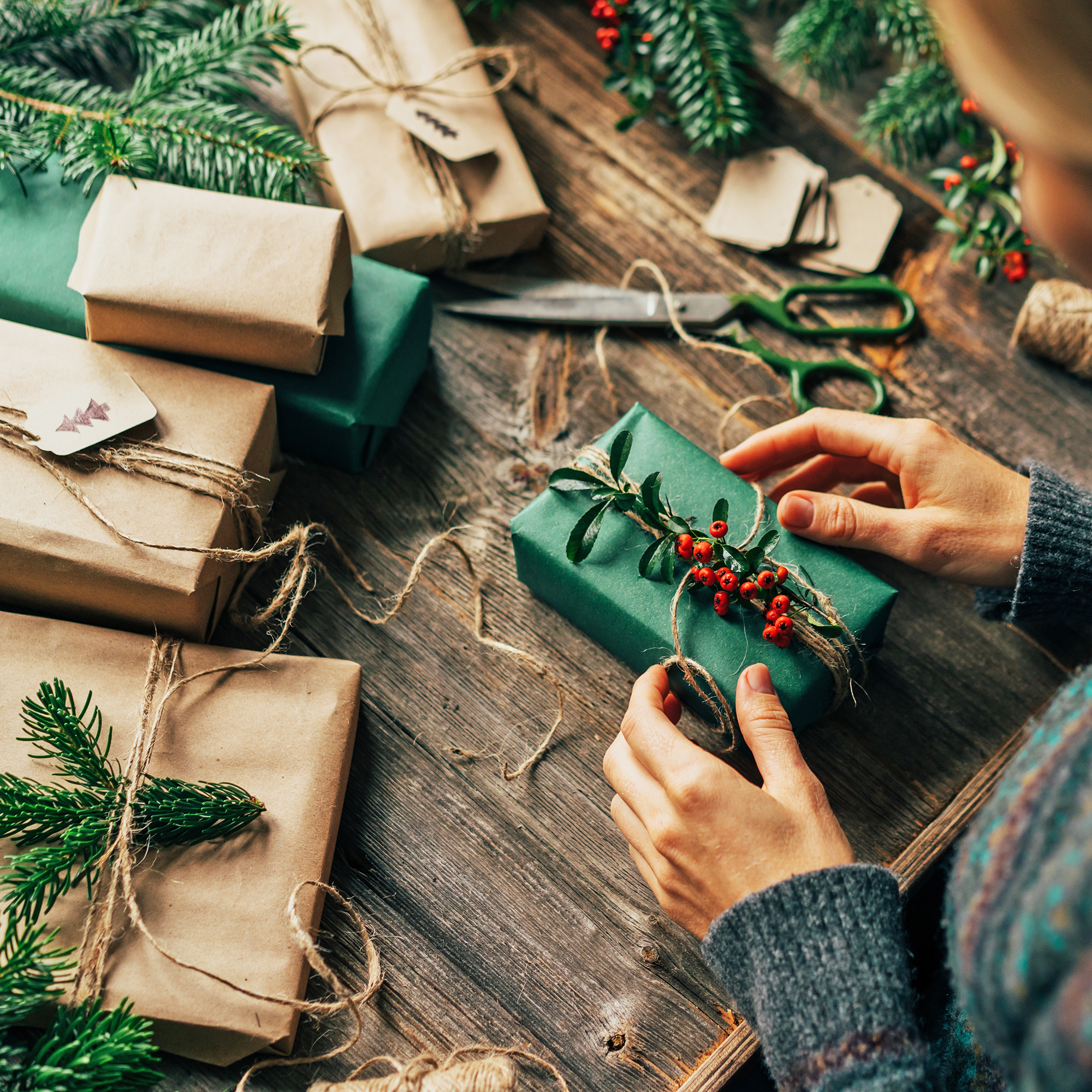 12 Most-Wanted Holiday Gifts: Gardening Know How's Staff Picks For 2024
12 Most-Wanted Holiday Gifts: Gardening Know How's Staff Picks For 2024Browse gift ideas recommended by the Gardening Know How team – from tried-and-tested gems to products we're coveting for our own wish lists.
By Melanie Griffiths
-
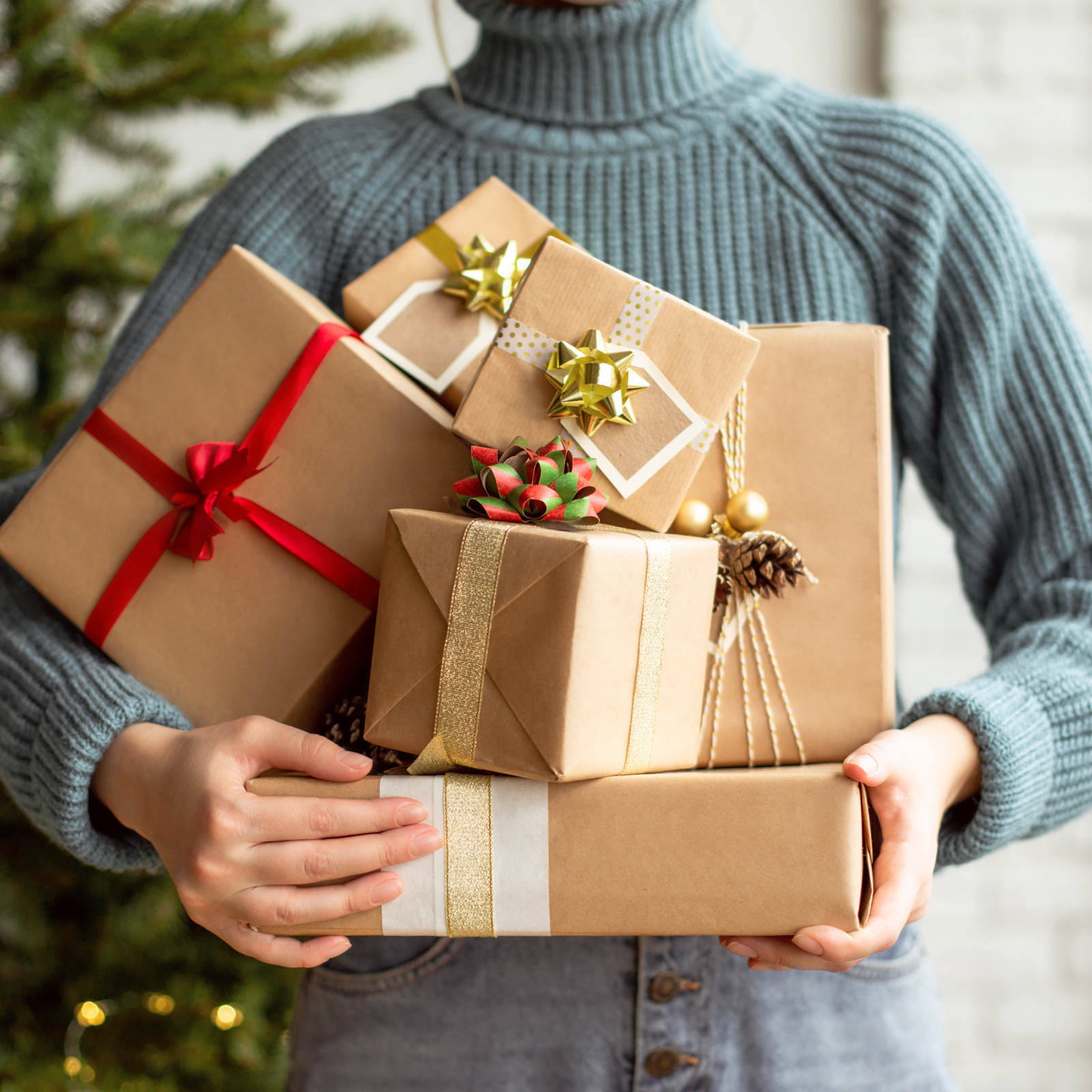 9 Host & Hostess Gift Ideas That Are So Much Better Than A Boring Bottle Of Wine
9 Host & Hostess Gift Ideas That Are So Much Better Than A Boring Bottle Of WineToast your holiday host with a gift they’ll love! Explore an expert-approved list of plant-themed presents that mean so much more than a boring bottle of wine.
By Laura Walters